Rise of the Academic Entrepreneur
Licensing and optioning of IP coming out of Columbia Engineering jumped dramatically over the past decade. Here are 8 cutting-edge tech and medical projects that could be next.

Credit: Shutterstock
Looking for innovative drug delivery systems? Maybe expansive cell growth bioreactors? How about revolutionary gas sensing technology? With just 10 minutes in the spotlight, 10 Columbia Engineering startups recently offered up an array of incredible ventures with industry-altering— and even world-altering—potential.
Thirty groups of enterprising engineers, scientists, medical professionals, and other faculty had the chance to charm close to 100 investing firms for Columbia Technology Ventures’ (CTV) annual Pitch Day event on October 26. This year saw CTV join forces with Yale University in bringing forth a slate of entrepreneurial projects. It’s been two years since CTV’s last Pitch Day, and instead of coming in person, this year’s ventures and investors met through Zoom for a morning of rapid-fire pitch and Q&A sessions from across the spectrum of engineering and medical-based projects.
The depth of innovation on display is a direct consequence of the overall increase in academic-led ventures. Senior Vice President of Intellectual Property and Tech Transfer and Executive Director of CTV Orin Herskowitz told investors and entrepreneurs that it’s an auspicious time to be crafting a startup. The number of inventions produced by Columbia has increased 40% since 2008, with approximately 400 created each year. The number of inventions that have attained licenses and options has also doubled over the past decade to around 120 a year, according to Herskowitz.
From Columbia’s perspective, startups are not only numerically going up, but more and more of our most transformative innovations are entering the market via startups.
However, possibly the biggest indicator of the rising clout of academic entrepreneurs has been the number of IP-backed startups created per year, which is four times what it was in 2008, at around 35 to 40 a year across both campuses. Though there has been a trending increase in startups nationwide, academic institutions are producing new IPs at a much higher rate than non-universities.
In this trend, Columbia is already ahead of the curve.
“From Columbia’s perspective, startups are not only numerically going up, but more and more of our most transformative innovations are entering the market via startups,” Herkskowitz said.
Innovation on Parade
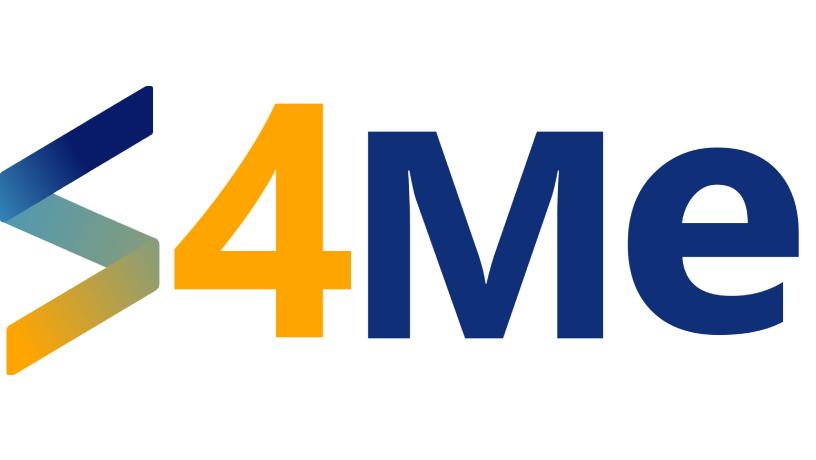
sense4me
Many of the day’s projects were headlined by or had direct partnerships with Columbia Engineering’s enterprising faculty and alumni. Several revolved around helping people with disabilities or addiction issues. Lili Deligianni, an adjunct professor of biomedical engineering and the CEO and founder of sense4me, is working to create usable, wearable sensors to track behavioral patterns related to alcohol use disorder in order to affect better treatment. Her interdisciplinary team includes current engineering alumni María López MS’21 and Darnel Theagene BS’18 MS’19. During their pitch, López explained that while other alcohol monitoring products are expensive and only detect if alcohol was recently consumed, sense4me is designed to alert a patient when they’re at risk of abusing alcohol and gives them options for treatment, all while avoiding judgement and maintaining the privacy of the individual.
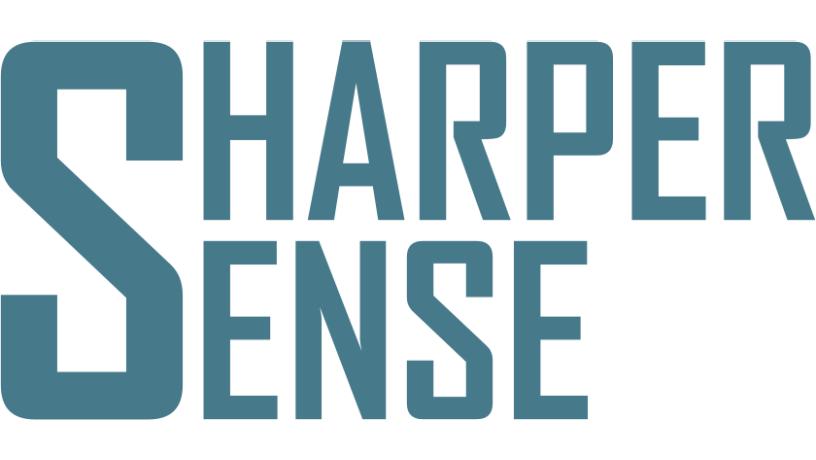
Sharper Sense
Sharper Sense, a patch-like device that aids in age-related sensory loss, was founded by Charles Rodenkirch MS’15, PhD’19. The idea grew out of his doctoral research, which focused on developing ways of enhancing brain function through targeted neural stimulation. Sensory loss is a consistent issue with aging and can be devastating for elderly populations. Rodenkirch said the patch stimulates nerves to enhance processing. The device was developed alongside Sharper Sense co-founder, Associate Professor of Biomedical Engineering Qi Wang. Rodenkirch added that while stimulants can potentially cause cardiac damage among other side effects, and that supplements aren’t always effective and therapy can take months, their product is comfortably wearable and instantly enhances sensory processing.
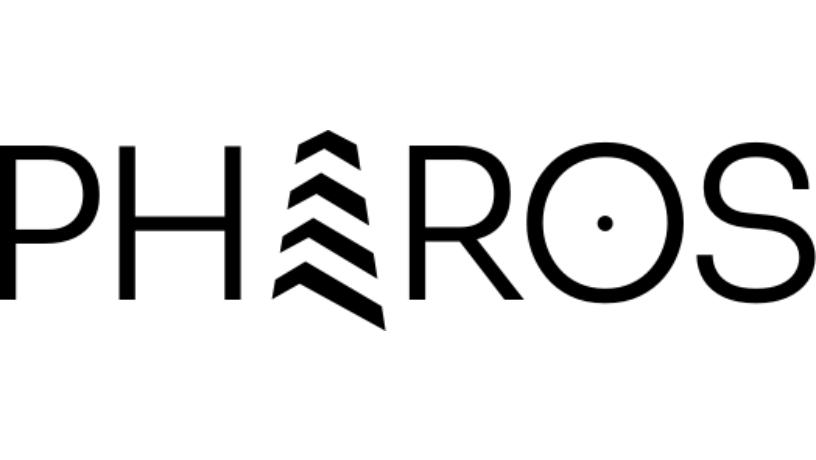
Pharos Imaging
Pharos Imaging, which uses optical coherence tomography technology (OCT) for healthcare monitoring systems, is based on recent breakthroughs in silicon photonics by the Lipson Nanophotonics Group at Columbia. The founding engineer on the project is Xingjen Ji, a postdoctoral research scientist with the Lipson group, and the venture is being advised by group lead Higgins Professor Michal Lipson herself. Pharos is investigating the physics and applications of photonic structures, or more simply the tech that uses light-containing structures to manipulate the way light moves, to create a smaller, more affordable device that allows a kind of “optical ultrasound” to create a 3D image of deep tissue. CEO Dr. David Rubaltelli, an ophthalmologist, said Pharos is looking to scale down current bulky OCT technology to be sized down from about 70 pounds to something easily handheld.
Xscape Photonics
Another photonics-based project, Xscape Photonics, is being developed and headlined by Alexander Gaeta, the David M. Rickey Professor of Applied Physics and Materials Science and professor of electrical engineering. He demonstrated the use of the light-based technology for high-performance computing. Working alongside Lipson and her lab, Gaeta’s startup is looking to use its own model of a photonics-based chip to make such large-scale computing systems much more efficient, as high-end computing will soon be hitting a wall with energy capacity.
“Right now, the amount of energy that can be consumed is at the limit; it can’t do any more,” he said. “The tradeoff is if you want to increase the bandwidth, you need to add more energy. The only way to do this is to create a system that is far more efficient.”
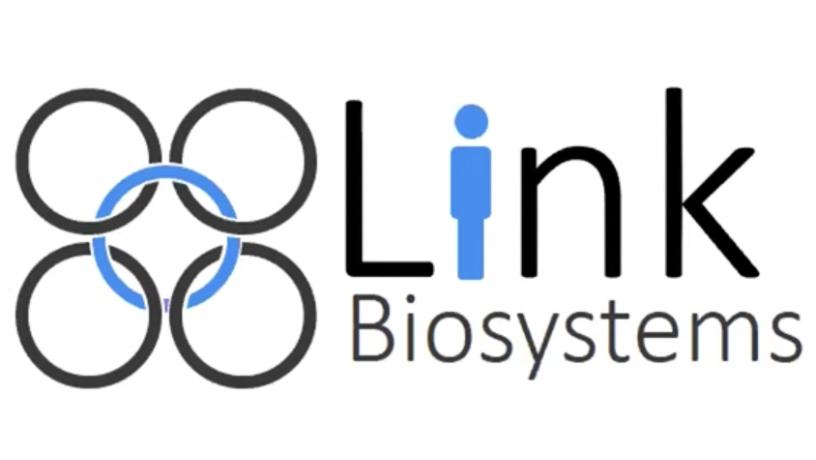
Link Biosystems
Other projects centered around medical innovations. Link Biosystems, a cell-growth startup, is being spearheaded by Gordana Vunjak-Novakovic, a University Professor and the Mikati Foundation Professor of Biomedical Engineering and Medical Sciences, who heads Columbia’s Laboratory for Stem Cells and Tissue Engineering. Co-founder Kacey Ronaldson-Bouchard MS’12, PhD’15, whose team has created several other successful startups in the cell growth field, said their system results in five times as much cell growth as other leading bioreactors, or the systems that grow cells in controlled environments.
Imagine RX
Imagine RX is a startup crafting a new drug delivery method for local treatment of glioblastoma, an aggressive form of brain cancer. The project was created thanks to the work of Kam Leong, Samuel Y. Sheng Professor of Biomedical Engineering. Leong created the first drug delivery technology for glioblastoma, which was approved by the U.S. Food and Drug Administration in 1996. Eugene Major, the CEO and co-founder of Imagine RX, said the startup’s product is much more effective than other current treatment options, as it hones in on and attacks these tumors during surgery with more effectiveness and lower toxicity than other current drug delivery methods.
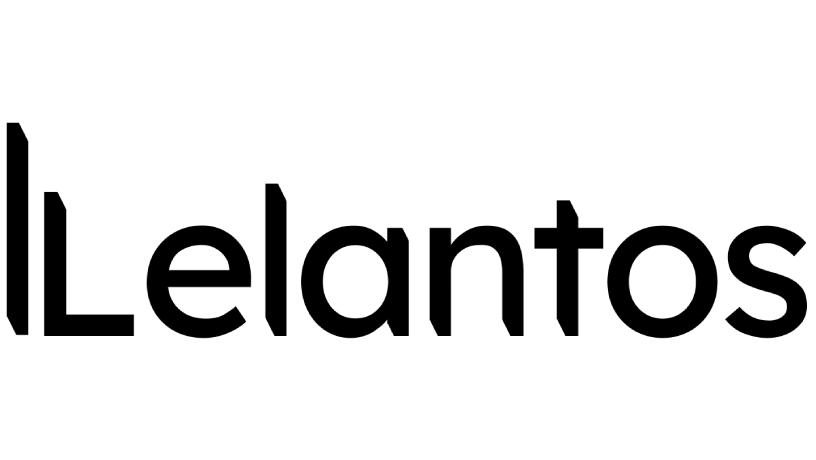
Lelantos
Other engineering-based startups elaborated on the ways their products could potentially deal with urgent climate and environmental issues. Lelantos, a venture headlined by Ioannis Kymissis, Kenneth Brayer Professor of Electrical Engineering and chair of the Department of Electrical Engineering, is looking to revolutionize gas sensing technology for the HVAC and fossil fuel industries, especially natural gas companies. Kymissis told investors that the 80 largest natural gas companies are trying to reduce their emissions by 10 times, and 40% of leaks are fixable at no net cost with use of better gas monitoring. The startup boasts technology that is 1,000 times smaller, more efficient, and cheaper than currently used specialized sensor technology.
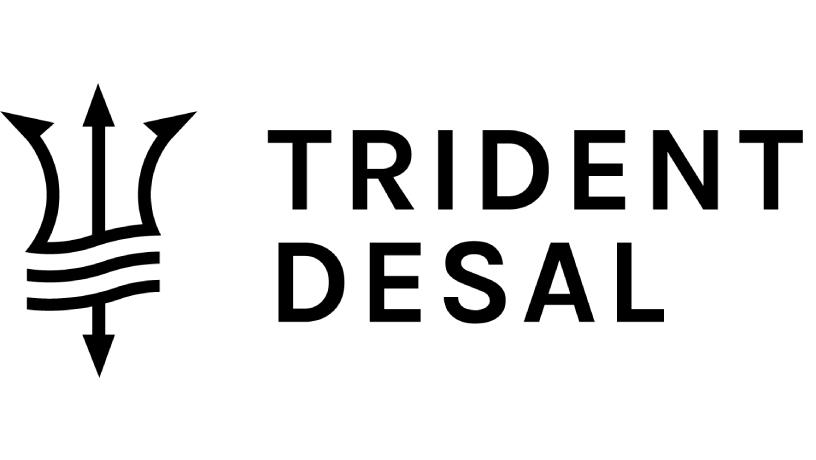
Trident Desalination
The startup Trident Desalination is using technology co-designed by Ngai Yin Yip, Lavon Duddleson Krumb Assistant Professor of Earth and Environmental Engineering. The new venture wants to make desalination efforts much easier and more profitable by efficiently and cheaply removing the toxic brine that normally results in a huge cost for traditional desalination. Jon Czas, CEO and founder of Trident, described how the startup’s technology uses a solvent to concentrate that brine, minimizing its volume and potentially resulting in no liquid waste byproduct. That purified water is then boiled off and captured while the solvent remains behind. Czas said the process provides a dramatic improvement over current methods for desalination.
“Fifty percent of the useful water is trapped in this brine if you’re using a conventional reverse osmosis technology,” Czas said.
